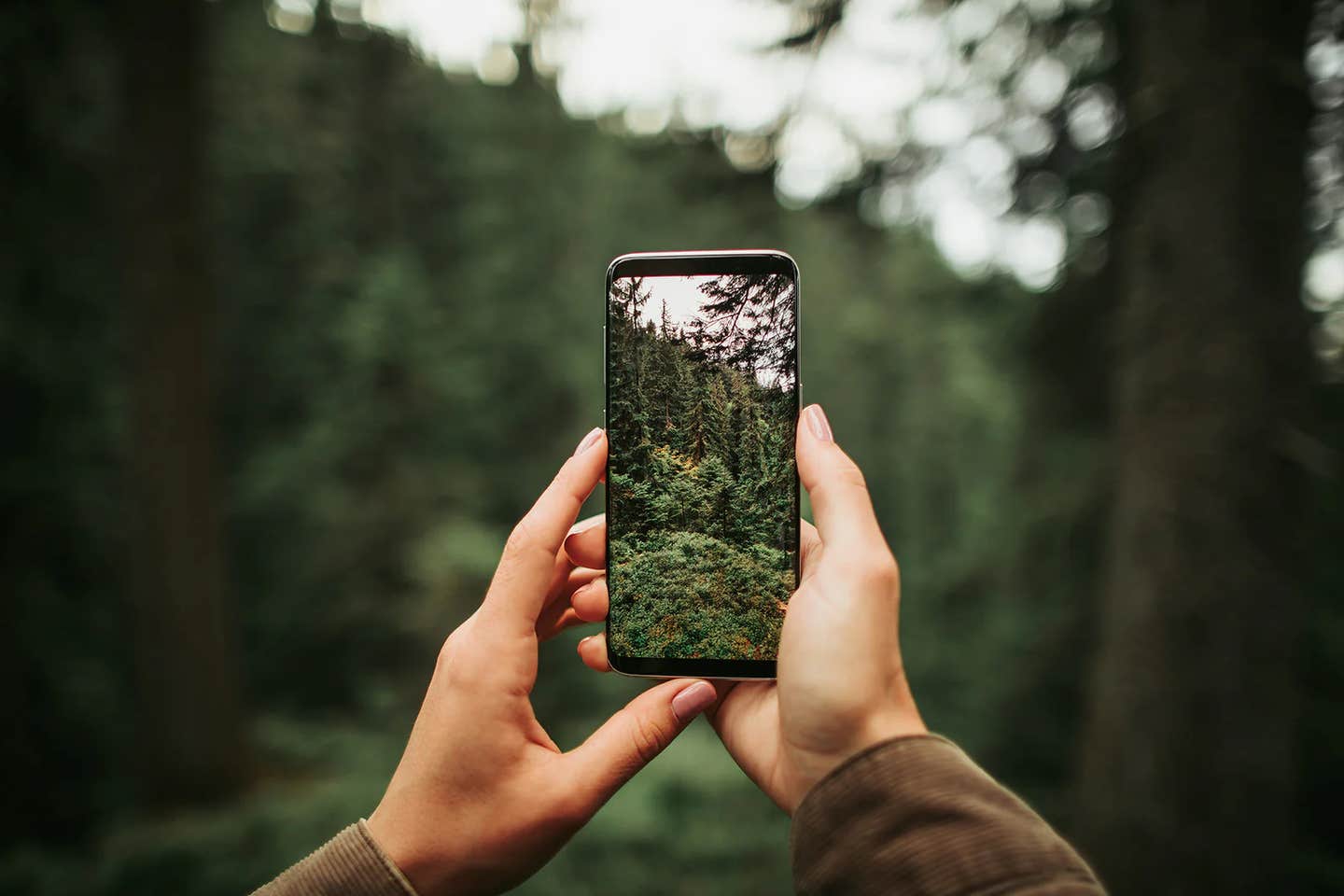Flora apps help identify the consequences of climate change
Researchers have developed an algorithm that draws on almost 3,000 plants species by users of Flora Incognita.

Millions of time-stamped plant observations from different regions have been collected. (CREDIT: Creative Commons)
Plants respond to seasonal changes through budding, leafing, and flowering. Climate change is shifting these phenological stages, and understanding these changes requires extensive data from various locations and plant species. This data collection would be unmanageable without citizen scientists.
“The problem is that the quality of the data suffers when fewer people engage as citizen scientists and stop collecting data,” says Karin Mora, a research fellow at Leipzig University and iDiv.
Mobile apps like Flora Incognita can help. The app allows users to identify wild plants quickly. “When I take a picture of a plant with the app, the observation is recorded with the exact location as well as a time stamp,” explains co-author Jana Wäldchen from the Max Planck Institute for Biogeochemistry (MPI-BGC). “Millions of time-stamped plant observations from different regions have been collected by now."
While satellite data records ecosystem phenology from above, it lacks details about ground-level processes.
Researchers developed an algorithm using nearly 10 million observations of almost 3,000 plant species identified between 2018 and 2021 in Germany by Flora Incognita users. Each plant has its own cycle for flowering or growth phases.
The scientists demonstrated that group behavior arises from individual plant behaviors, revealing ecological patterns that change with the seasons. For instance, ecosystems by rivers differ from those in the mountains, where phenological events start later.
Related Stories
The algorithm also adjusts for the observational habits of Flora Incognita users, whose data collection is not systematic. Users record more observations on weekends and in densely populated areas.
“Our method can automatically isolate these effects from the ecological patterns,” explains Karin Mora. “Fewer observations don’t necessarily mean that we can’t record the synchronization. Of course, there are very few observations in the middle of winter, but there are also very few plants that can be observed during that time.”
Climate change is causing seasonal shifts, like spring arriving earlier. The impact on the relationship between plants and pollinating insects, and consequently on food security, is still under study. The new algorithm can now better analyze these effects on the plant world.
Other flora-identifying mobile apps
If you're looking to identify plants using your mobile device, according to Shrink That Footprint, there are several apps that stand out for their features and reliability:
- PlantSnap: Known for its extensive database, PlantSnap can identify over 600,000 plant species, including flowers, trees, and succulents. It offers a user-friendly interface and regular updates to its database. While the free version is limited to five plant identifications per day, the premium version unlocks additional features and removes ads.
- PictureThis: This app provides accurate identification for over 17,000 plant species and includes features such as plant disease diagnosis, expert consultations, and plant care reminders. It is highly praised for its ease of use and comprehensive plant care information.
- LeafSnap: Known for its accuracy, LeafSnap uses image recognition to identify plants and offers care reminders and a plant collection tracking feature. While it is subscription-based, it provides detailed plant information and care tips.
- iNaturalist: Developed by the California Academy of Sciences and National Geographic Society, iNaturalist is a community-driven app that not only identifies plants but also contributes to scientific research. It offers a vast database and is ideal for nature enthusiasts who want to participate in biodiversity studies.
- Flora Incognita: A free app with no ads, Flora Incognita is particularly effective for identifying wild-growing plants in Central Europe. It provides detailed information on each plant species and is backed by scientific research.
- PlantNet: This app emphasizes citizen science and allows users to identify plants and contribute their observations to a global database. It is free and highly regarded for its community-based approach.
These apps cater to different needs, from casual gardening to serious botanical research, ensuring you can find one that suits your specific requirements.
Note: Materials provided above by the The Brighter Side of News. Content may be edited for style and length.
Like these kind of feel good stories? Get the Brighter Side of News' newsletter.
Joshua Shavit
Science & Technology Writer | AI and Robotics Reporter
Joshua Shavit is a Los Angeles-based science and technology writer with a passion for exploring the breakthroughs shaping the future. As a contributor to The Brighter Side of News, he focuses on positive and transformative advancements in AI, technology, physics, engineering, robotics and space science. Joshua is currently working towards a Bachelor of Science in Business Administration at the University of California, Berkeley. He combines his academic background with a talent for storytelling, making complex scientific discoveries engaging and accessible. His work highlights the innovators behind the ideas, bringing readers closer to the people driving progress.



